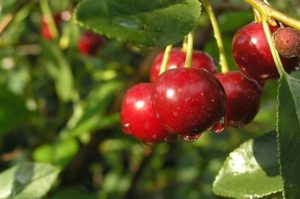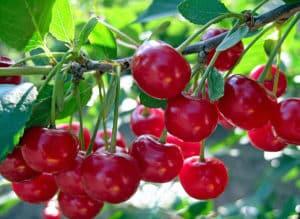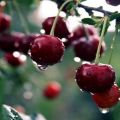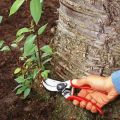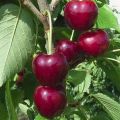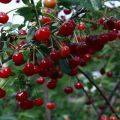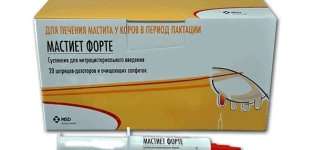Description of the cherry variety Lyutovka and characteristics of yield, cultivation and care
By planning planting a cherry orchard on your site, you should take a responsible approach to the choice of seedlings. They should be regionalized for a specific region, have immunity to diseases and be frost-resistant. One of the first places for cultivation is the cherry variety Lutovka, which has many advantages and few disadvantages.
History of origin
It is almost impossible to find reliable information about the origin of the variety. Some sources claim that Lutovka was bred by European breeders at the beginning of the 20th century. Others attribute the merit to breeding the variety to folk craftsmen. However, over time, this variety has spread and is successfully grown in all European states and in Russian regions.
Description of the variety
Judging by the description of the variety, the cherry of this variety has much more positive characteristics than negative ones.
The pluses of Lutovka include:
- medium tree size, which makes harvesting easier (up to 2.5 meters);
- good transportability, which is appreciated by farmers who grow berries for sale;
- the taste of berries and large fruits;
- self-fertility, which saves space in the garden and does not require planting pollinating varieties;
- the ability to eat fresh berries and start processing them.
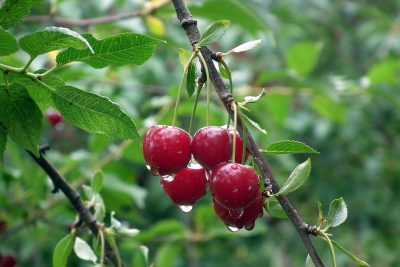
The disadvantages of the variety include susceptibility to such a fungal disease as coccomycosis, low winter hardiness of branches and a short life span of a tree. If Lutovka is planted in a climate of the middle zone, then in one season up to 25 kg of fruits are removed from it. In warmer latitudes, the yield increases and is up to 30 kg per tree.
Growing features
So that the cherries bear fruit every year and do not get sick, when growing, they begin with the correct choice of a planting site and a seedling.
Seat selection
You should not choose shaded places for growing Lyutovka, the cherry will hurt and will not give a good harvest. Sunny places with fertile soil and groundwater occurrence no higher than 2-3 meters from the ground surface are best suited.
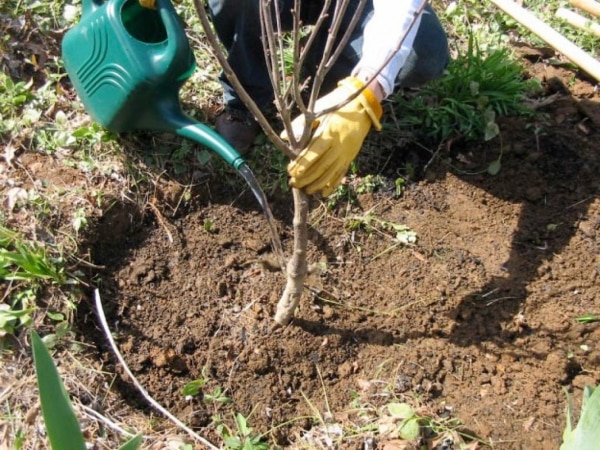
The seedling must have a developed root system without damage and dry areas. It is better to buy cherries for 1-2 years in special nurseries that value their reputation and offer high-quality planting material.
It is necessary to plan the planting of a cherry sapling in the middle of spring, when the ground is already warmed up enough and the frost will not return.
Landing
The soil for Lutovka has been prepared since autumn.They dig up the selected area, introduce nutrients, which, with the autumn rains, will penetrate the soil and saturate it with all the necessary elements for the development of the seedling.
In the spring, before planting cherries, the soil is dug up again and organic matter is introduced. A hole is made at least 80 cm deep and with sides 60 x 70 cm. The roots are examined for damage, all growths are removed. In order for the seedling to take root better, before planting, its roots are dipped in a special growth stimulator, for example, Kornevin, for several hours.
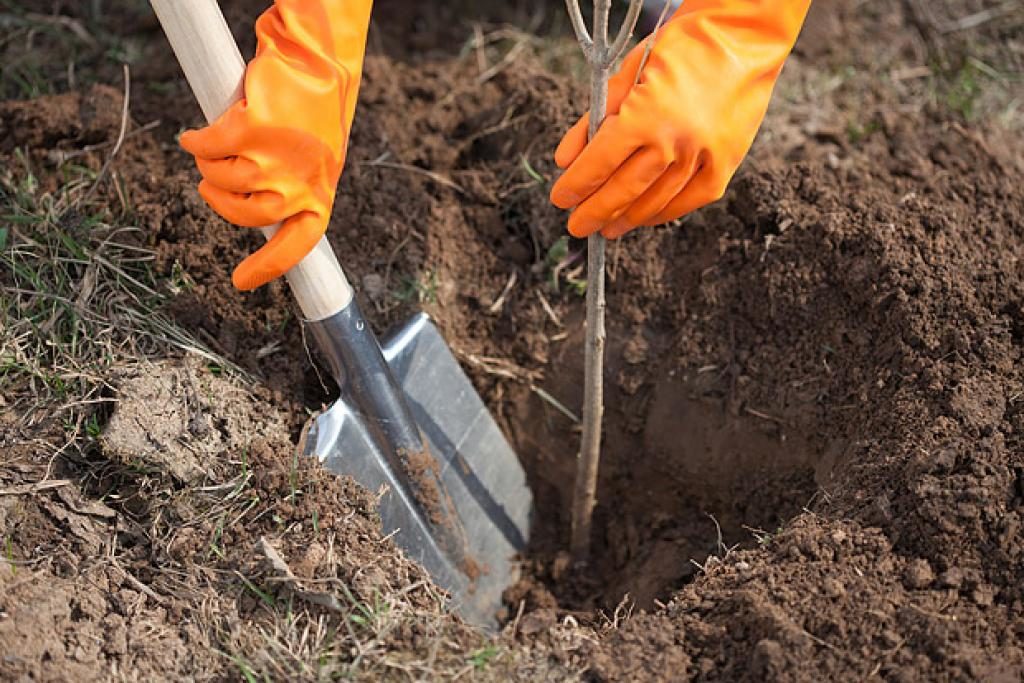
The top layer of soil is mixed with rotted manure and the hole is filled with it by a third. A young tree is installed and its roots are straightened. Next, a peg is driven in and covered with soil.Experienced gardeners recommend making sure to make a support for the seedling. It will prevent damage in case of strong wind.
Care
No matter how sustainable the culture is, without proper agricultural technology and care, it will get sick and will not give the declared amount of berries.
Watering and fertilizing
Despite the good resistance of the variety to an arid climate, the tree still needs to be watered. This is especially true for young seedlings.
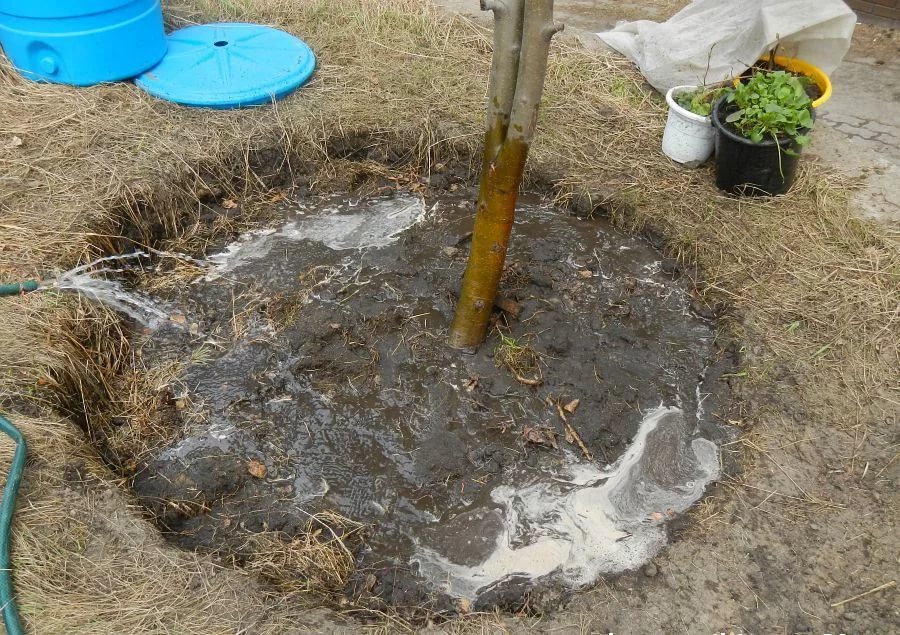
The soil is moistened once a week, while at least a bucket of water is poured under each tree. For adult trees, this rate is increased to 2-3 buckets. Watering is mandatory during the period of ovary formation and before wintering.
If all the necessary nutrients were added to the planting pit, then the first 2 years you will not have to fertilize the cherries. In the future, organic matter and mineral fertilizers are applied in the spring every spring and autumn. In the spring, preference is given to nitrogen fertilizers, and in the autumn, phosphorus and potassium are needed for successful wintering.
Preparing for the cold
The Lutovka variety is not highly winter-hardy, so you have to properly prepare the tree for the cold season. Abundant watering is carried out, the soil around the tree is mulched with peat, sawdust and covered with spruce branches. To prevent rodents from damaging the planting, use lutrasil or other covering material.
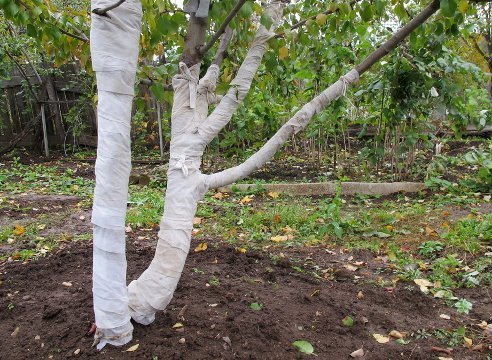
Pruning
In spring and autumn, sanitary pruning is carried out, all broken and dried branches, as well as shoots that grow inside the crown, are removed. Since Lutovka belongs to bushy varieties, formative pruning is also necessary, it is done when the tree is 2 years old.
Reproduction
Cherries are also grown from seeds, but this is a rather long and laborious process that does not always give a positive result. In addition, such a tree will have to be grafted for fruiting. It is much easier to carry out cuttings. This will preserve all the varietal characteristics of the tree. The method of reproduction by layering is also possible.
Cherry pests and diseases
Of the diseases, coccomycosis is considered the most dangerous for Lyutovka. Also, in the absence of proper care, moniliosis may be affected. To prevent fungal diseases, trees are treated with Bordeaux liquid and preparations of the fungicidal category (for example, "Abiga-Peak").
Among insects, cherry seedlings are most often affected by aphids. For prevention, they rake up all the plant debris, carry out a fight against ants, which are carriers of aphids. In case of severe damage, the chemical agents "Actellik" or "Fufanon" are used.
